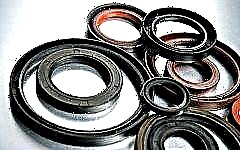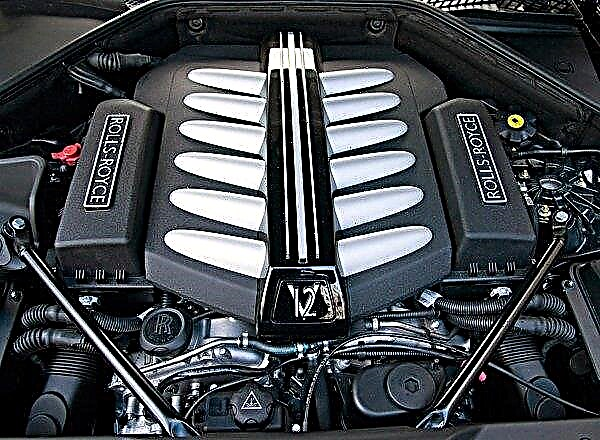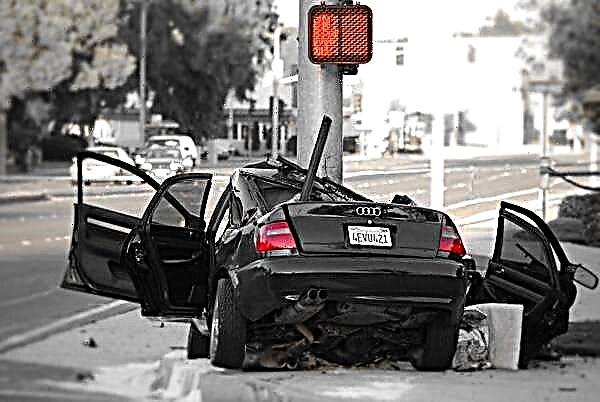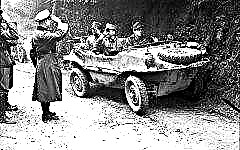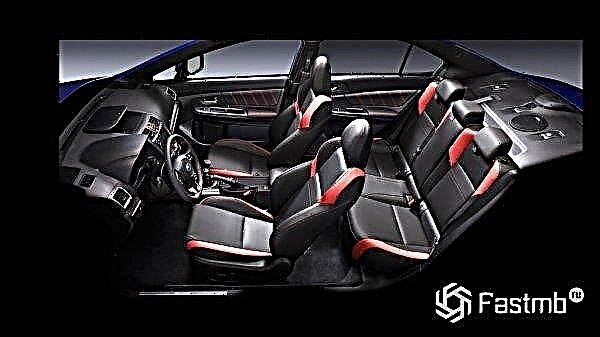

The content of the article:
- The main purpose of honing
- Process and equipment requirements
- Sleeveless motors
- Sleeve motors
Over time, the internal combustion engine wears out and loses its performance. Dynamic and power characteristics deteriorate, fuel consumption increases, compression decreases. And this cannot be avoided.
A worn out engine requires major overhaul, the main purpose of which is to restore the original properties of the power unit. And as the final overhaul operation, the honing process is widely used.
The main purpose of honing

The cylinders of a worn out power unit lose their original cylindrical shape, which is reflected in the operation of the motor. On the walls of the cylinders of an engine requiring major repairs, roughness, scratches and scuffs appear. To get rid of this, the cylinders are bored to the first oversize. Their diameter increases slightly, but the cylinders again receive a given cylindrical shape, which further leads to an improvement in the operation of the power unit.
The honing process is carried out directly after the cylinder bore. And its main task is to maintain the original shape, as well as get rid of the barrel shape or taper, if any, after boring.
Also, honing with hon provides a decrease in roughness on the cylinder walls and is the most accurate and efficient in comparison with polishing or, say, lapping.
Since the honing process is designed to provide maximum dimensional accuracy, cylinder work is carried out within the required dimensional tolerances and roughness specified by the manufacturer. It must be remembered that adherence to the original dimensions leads to the following:
- the compression of the cylinders increases, and the amount of gases with combustion products that break through into the crankcase is significantly reduced;
- piston rings are subject to the least wear, which increases their durability;
Finishing with hon is carried out in two cases:
- if a new, overheated cylinder block is installed;
- if work was carried out on boring for repair dimensions.
Process and equipment requirements

Honing is designed to achieve the required cylindrical dimensions, ensuring accuracy and minimal deviations between diameters at different points of the engine cylinders.
The resulting deviations in the form of ellipse, taper or barrel shape are unacceptable - they may indicate that the honing was performed poorly and is required again.
Particular attention is paid to the roughness parameter. After honing, slight notches form on the cylinder walls - you should not get rid of them, since these notches perfectly retain the engine oil, which further leads to improved lubrication of the piston group elements.
During the running-in process, the sulfur compounds present in the lubricant will lead to the creation of a sulphide film on the surface of the cylinders, which will further lead to a decrease in the wear of the elements of the piston group.
The equipment for finishing is used hones with variable diametersdesigned specifically for processing internal combustion engine cylinders. The resource of the tools is somewhat limited, but they meet all the necessary standards.
The choice of honing tool depends on the diameters of the cylinders to be machined, the number of stones, and the grain size and hardness of the materials from which they are made. Most often, diamond honors are used for processing cylinders, which have a relatively low price, impressive hardness and the necessary grain size.
Honami treatment requires abundant lubrication with coolants. When processing steel or cast iron parts, kerosene is used, and if a diamond-coated hon is used, then ordinary water with the addition of synthetic additives is suitable.
Sleeveless motors

Honing is different for liner and linerless engines. If it is necessary to process a linerless cylinder block, there should be no particular difficulties.
The one-piece metal structure is securely attached to the machine table immediately after the boring process. Make sure that the sleeves are positioned strictly vertically, and no displacement will occur during the reciprocating movement of the chuck - otherwise there will be no sense from processing.
When machining sleeveless cylinders, only a few machine passes are required. In this case, it is necessary to strictly control the resulting dimensions and surface roughness. This will help an indicator bore gauge (controls the dimensions) and a profilometer or an optical device for measuring the level of roughness.
Sleeve motors

Power units with removable sleeves are somewhat more difficult to process with a hone, since it is problematic to mount them vertically on the machine.
Suppliers of finished casings assure that their product has successfully passed the honing process and does not require any additional processing. It is undesirable to believe this, because if it turns out that the processing has not been carried out, the power unit will not be able to fully work and will quickly fail. To avoid this, it is recommended that even new liners be honed.
In order to evenly press the sleeves, ensuring their strict vertical position, a thick gasket is used, which in shape resembles a block head. It has the necessary holes, so the use of a gasket does not interfere with honing at all.
The plate is attached to the block after installing the liners and clamped, like a full-fledged cylinder head, in strict sequence and observing the tightening torques. After that, honing is carried out, as in the case of a linerless cylinder block.
The use of a dummy plate minimizes dimensional misalignment. Honing in this case can be divided into four stages:
- Rough processing. This process involves removing most of the metal. They can replace the boring process. To carry it out, you will need a lot of lubricating-cooling liquid, as well as diamond honors.
- Honed with 150 grit.
- Honed with 300-500 grit.
- Brushing. This process does not provide for the removal of metal and changing the diameter to be machined, but is used only to clean the surface from abrasive residues. As a brushing tool, nylon brushes with the addition of silicon crystals are used.
Some motorists believe that honing can be done at home on their own using only a drill or hammer drill. This is a misconception, since it is unlikely that it will be possible to provide the necessary accuracy and roughness at home - the cylinders processed in this way will not be able to work for a long time, which will lead to a quick failure of the motor.
The honing process should only be carried out on certain machines by specialists with experience and the necessary equipment. Only then will you receive well-finished cylinders that can last a sufficient period of time.

